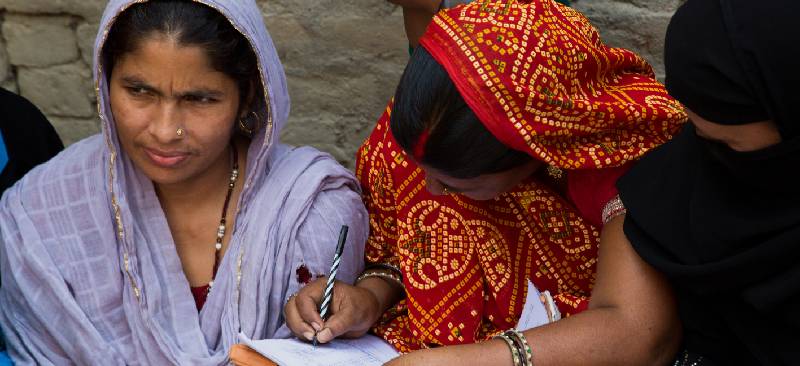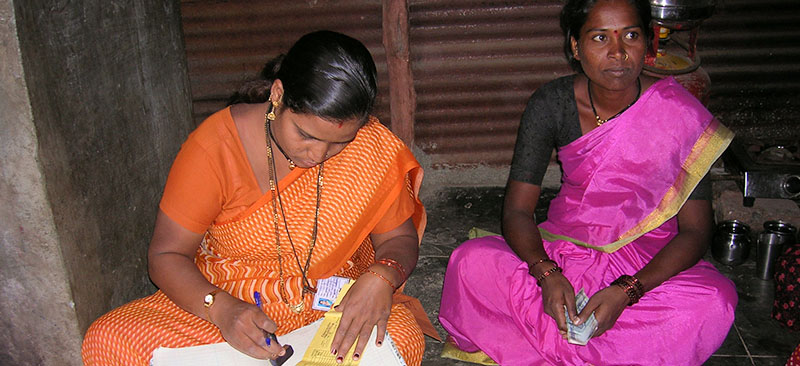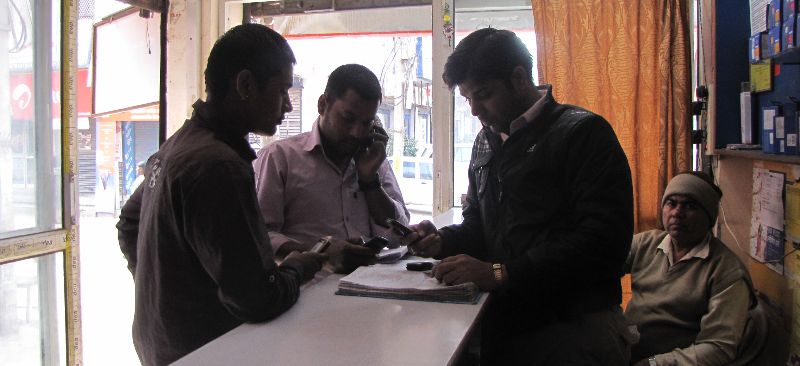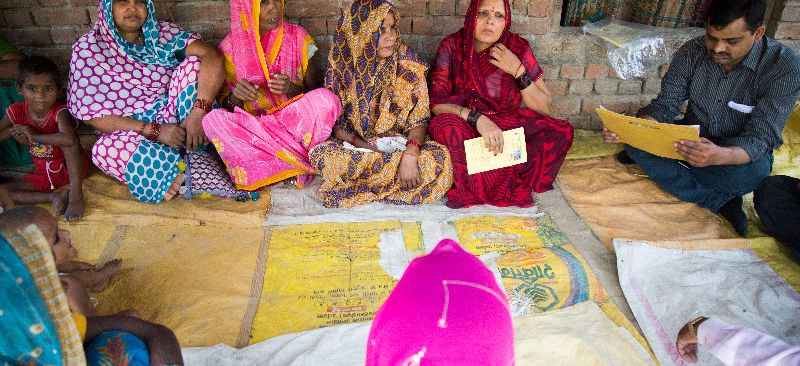This Focus Note (a) presents the rationale and impact for multiple borrowings from a client perspective; and (b) discusses how the MFI and its leaders perceive the issue and its implications. It is difficult to attribute multiple borrowings just to unmet demand for credit from borrowers, or to dumping of loans by the MFIs on clients well versed with the MFI methodology. However, MFIs can reduce the incidence of multiple borrowing. The appropriateness of disbursement timing can be improved through studying microenterprise cash flows by type, and changing operational policies to reduce mismatches between client cash flows and the timing of loan cycles.
Blog
Designing savings and loan products
This paper examines the financial lives of poor people, using MicroSave’s seasonality analysis, which traces households’ income, expenditure, loans and savings over time.
Community Managed Microfinance Part 2
In this video series-2, Hugh Allen, Founder of VSL Associates, Ltd discusses the emerging issues of community managed microfinance and their examples in the world. He further talks about where this methodology works best, and what are the risks we face as community managed microfinance moves forward. Going into the details, Hugh notices the industry’s caution that these institutions cannot adequately capitalise a development enterprise. Supporting this believe, Hugh puts forth the evidences that the community managed MFIs need external capital injection but it faces difficulty in getting any such flow of capital. Currently, he says is a position to wait and watch for community microfinance.
Making Business Correspondence Work – Crossing the Second ‘Break-Even’
Several attempts are being made to make Business Correspondent model work for Indian Markets. This note summarises some of the major challenges that the model faces and how these challenges can be overcome by adopting client centric approach. It also examines the need for appropriate governance in making the model successful.
Community Managed Microfinance Part 1
In this video series-1, Hugh Allen Founder of VSL Associates Ltd., discusses the major features of community managed microfinance and the nature of their clients. He also discusses the common obstacles in such community managed programs. Explaining the workings of a community managed microfinance in Africa, he says that a community managed groups consist of about 20-25 members who pool their resources and meet weekly or fortnightly as they choose; they make loans to each other and at the end of the annual cycle they distribute the amount based upon some formula.
Nascent Indian MFIs and their Fund Raising Challenges
This Focus Note attempts to provide insights into the different sources of capital available to nascent MFIs in India and how an MFI might improve its ability to attract such capital. Much of the data for this note is collated from MicroSave partners under the RBSFI/Cordaid Technical Assistance programme for “Nascent MFIs”.



